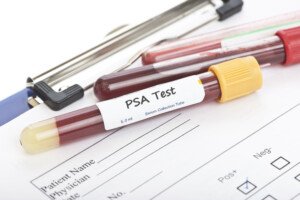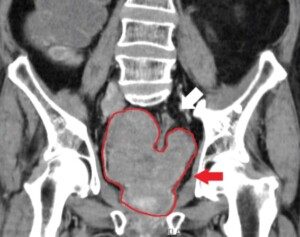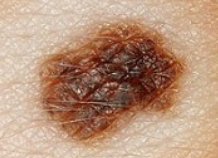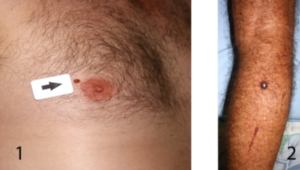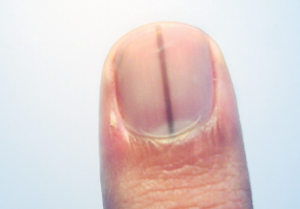I’m autistic and am disbelieving of the “rapid prompting method,” which is just another name for facilitated communication (long disproven by science).
I’m going to fire out some questions about the rapid prompting method (RPM) that are NEVER addressed in articles about never-speaking autistic adults who, according to their parents, have finally “found their voice” through RPM.
Before I proceed, I must clarify that there do exist high support Autistics with limited speech who can independently spell via RPM.
Limited speech does not mean nonspeaking.
• Semi-verbal and even minimally verbal people who have the ability to print phrases or words or type independently, prior to being introduced to rapid prompting method, will be able to spell on a letter board.
• This includes those who’ve previously shown capability at writing on paper — even if at a rudimentary level — or “hunt and peck” typing on a keyboard; they may produce coherent responses via RPM.
However, this doesn’t mean that RPM has “unlocked” hidden abilities in people with lifelong absent speech and no display of even crude literacy.
If you see an autistic individual communicating via rapid prompting method — and it looks totally legit — it’s a sure-fire bet he or she can write on paper, albeit perhaps primitively, and also has some limited speech. It’s also likely that they’re already using an AAC: augmented and alternative communication device (e.g., iPad with symbols/pictures/words that generate spoken words).
I know semi-speaking autistic adults who’d be able to point a pen or stylus at a letter board being held before them – and actually spell out words or even a sentence.
I know a man with limited speech, whose penmanship is abominable, but can quickly type on his phone simple phrases.
I’m pretty certain that if I held a letter board before him and said, “Tell me your favorite female recording star,” he’d eagerly poke out T-A-Y-L-O-R S-W-I-F-T.
I know another autistic man with even more limited speech – unless he’s reading text aloud, in which case, he’s fluent. Of course he’d be able to point out full sentences on a letter board – because he can read them and print them (I’ve witnessed it)!
It’s a different ballgame when we’re talking about never-speaking, never-writing, never-typing autistic adults who’ve never even been able to spell out their favorite foods or basic needs with Scrabble letters (the two men mentioned above could easily do this).
Research published in the Review Journal of Autism and Developmental Disorders (2019) examined the effectiveness of RPM.
The review concluded that RPM lacks empirical support and is associated with risks similar to the discredited technique of facilitated communication.
The American Speech-Language-Hearing Association has issued warnings against RPM, citing its lack of scientific evidence.
There are very few documented cases of rapid prompting method success with fully nonspeaking autistic people with no previous literacy demonstration.
But the documentation isn’t scientific; it’s anecdotal (based on personal and subjective observation rather than science and replicated research results), such as a woman writing a book about her son’s use of RPM.
An Autistic Woman’s Unanswered Questions About RPM
You’ll never find the following questions answered in one of those “adult with autism finally has voice after 18 years of silence” stories.
#1 Why didn’t your son ever take your arm when he was like nine or 10, lead you to your desk computer and poke letters on your keyboard spelling his thoughts or wants?
#2 Why didn’t your daughter, when much younger, grab a pencil that was lying around, then some scrap paper – even a receipt – and scrawl out something coherent?
#3 Where did your son, who composes full paragraphs via RPM, learn this level of literacy? Poking out adult-level narrative requires years of literacy education.
#4 If your adult child can spell out poems and thoughtful prose by sticking a finger or stylus to a letter board, then she certainly was literate by age 12, even 10.
Why didn’t she ever, when much younger, exhibit spelling ability? This could’ve been done without speech, such as grabbing a crayon and even printing words on a wall, or at school, spelling their thoughts with chalk on a chalkboard.
#5 Pointing to a letter board requires the same neurological tract (from intention to completion of physical task) as does printing (e.g., crayon on paper plate, pen on napkin) and typing (commandeering the keyboard you’re using).
At any point in their childhood they could’ve performed these tasks to show their literacy.
Yet they didn’t. Instead, it required someone to put the letter board before them. This doesn’t add up. Please explain.
#6 Why can’t he point to letters with the board flat on a table? Why must the board be held in the air?
Seems to me it’d be easier for her to point to the letters if the board is firmly in place on a flat surface rather than suspended in the air?
Shouldn’t autistic people root for each other?
Of course! But as an Autistic, I also want facts – proven facts – not pseudoscience.
I’d love to write a profile on a nonspeaking Autist who effectively uses a letter board – one that’s stationary on a table rather than moving around in the air while being held by someone.
But I’d need to interact with them in person to see things with my own eyes.
It’s just not believable that a lifelong nonspeaking adult suddenly composes college-level narrative by pointing to one letter at a time – yet was not capable at age 10 of taking over a keyboard, that a parent was using, to hunt and peck out, I can type my thoughts?
So there was never any writing instruments and paper around the house for this same individual to just grab one day and start printing simple sentences?
Remember, the neuro-tract for spelling via a letter board is the same neuro process used for spelling one’s thoughts with a crayon on paper.






